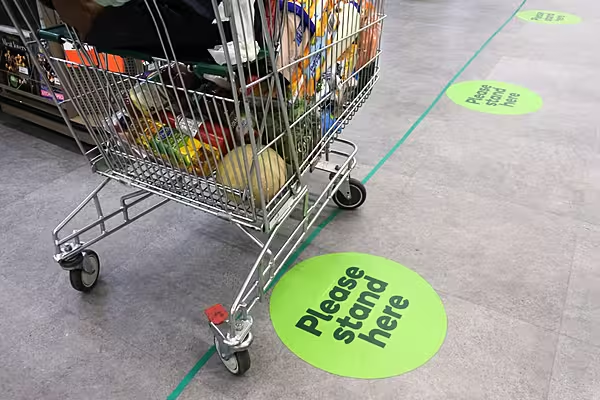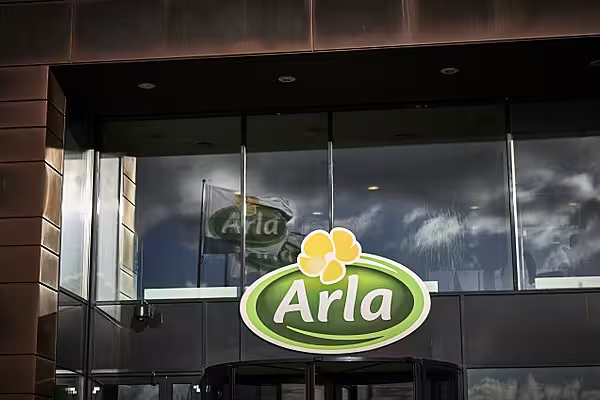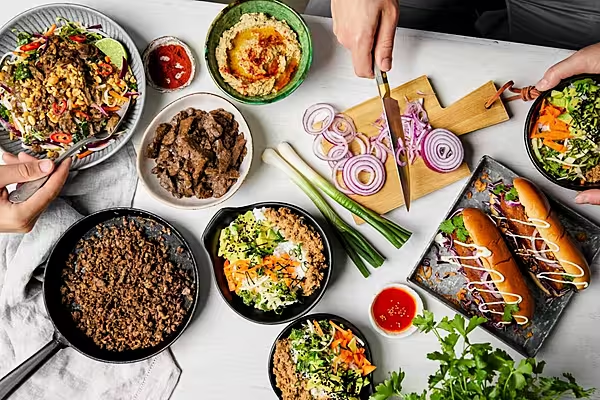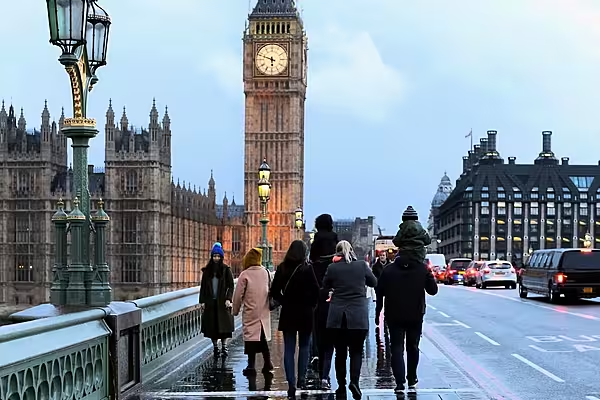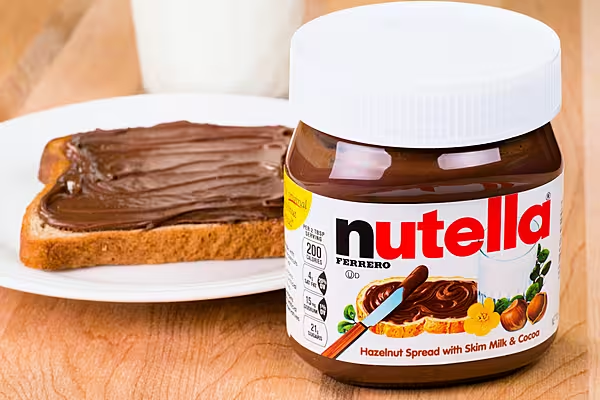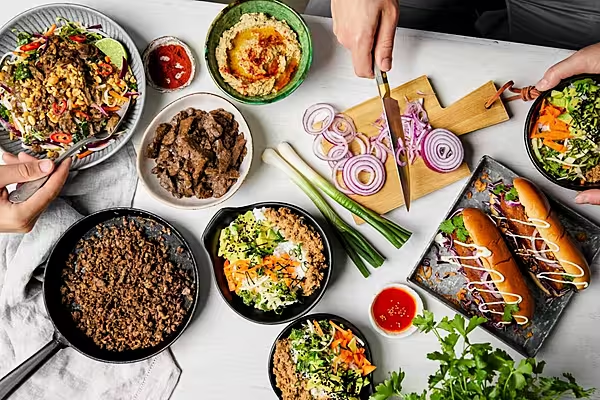Kim De Maeseneer, senior managing editor, Europe lead, consumer goods and services, Accenture, examines how the shift to at-home consumption is leading food and beverage businesses to re-evaluate the ‘customer experience’.
The COVID-19 pandemic is reshaping so much about the way we live, work, connect, consume, and even think – and it is all happening so quickly. Trends that have been progressing steadily for years have been suddenly accelerated to a degree that no one could have predicted. At the same time, consumer demand and channel preferences have seen large and sudden shifts.
Digital commerce, for example, is expected to have increased by a huge 160% among new or previously low-frequency shoppers, according to Accenture research.
Throughout the crisis, Accenture has been tracking these evolving patterns of consumer behaviour, highlighting the new habits being formed and the profound changes that are happening in what we value and the way we consume products and services.
One conclusion is inescapable: the crisis will define consumption for the next decade. Many of the changes that we’re seeing are likely going to be permanent. There’s no going back to the pre-pandemic world for consumer brands.
Commercial Imperatives
For food- and beverage-makers, the outlook is particularly challenging, and while online and grocery store sales may be soaring for some brands, as shoppers are forced to refocus on home consumption during lockdowns, this is more than offset by the collapse in bar and restaurant sales and catering for events and large gatherings.
In response, companies focused on the short-term commercial imperative: to manage severe disruptions to supply chains and workforce availability, while adapting to the highly variable demand patterns by maximising opportunities in the channels where demand is now surging.
To do that, they’ll need to collaborate. That means working with bars, restaurants, wholesalers and retailers, as well as delivery partners like Deliveroo and Uber Eats, to plug any gaps in trade or direct-to-consumer channels, and with eating and drinking out likely to be impacted for the foreseeable future, companies will need to come together to reimagine and design the entire eating and drinking experience.
For example, just look at Bacardi’s ‘Bring the Bar Home’ initiative, designed to help Western European bar owners make the most of a new era of socialising. As part of the scheme, the spirits producer is helping to reduce contact between bartenders and guests by providing bar owners with the technology for in-app ordering via menus with QR codes.
In the UK, specifically, 150 Bacardi party-in-a-box activation kits – complete with hand sanitiser from its Bombay Sapphire distillery, Bacardi deck chairs, drum-box chairs and coconut cups – have been distributed. The company is also providing bar owners with all the help and support they need to develop their cocktail takeaway offerings and capitalise upon delivery opportunities.
Home Is The Heart
One inevitable consequence of lockdowns and stay-at-home orders is that the home has become the heart of the consumer experience. This was a trend we were already seeing, but with the COVID-19 outbreak, it has accelerated.
Look at how Carlsberg is supporting bars in its homeland by asking Danes to ‘adopt a keg’. Every time someone drinks a bottle or a can of Carlsberg at home, they scan the label and add it to their virtual keg on Carlsberg’s website. Post-lockdown, they can exchange it for a real beer when the bars reopen.
London-based celebrity chef and restaurant owner Tom Kerridge is going one step further by creating the Drive & Dine Theatre experience. With 38% of consumers saying that they feel uncomfortable visiting public places in the next six months, the Drive & Dine Theatre service contains (most of) what you need for a night out, including a menu of hot and cold meals, a range of drinks, sweets and popcorn, together with sanitised headsets and a in-car speaker – delivered to a dedicated parking bay by a team in full PPE.
This channel shift is an opportunity to get creative about consumer experiences. With many still homebound, people are shifting to digital channels for the first time, and the potential audience for innovative brand experiences is that much higher. Look at what brands like BrewDog are doing, for instance, with its online bar. It’s a creative way to engage with consumers and share a beer while physical-distancing rules are in place.
There are socially positive sides to this re-centring around the home, too. Nearly four in five households with children say that they’re feeling more connected as a family, and with more time to spare, three in five consumers have been taking the opportunity to build their skills in areas like cooking and home-brewing.
Indeed, popular YouTube channel Pasta Grannies, which showcases Italian nonnas making traditional pastas, has reported a spike in subscribers in recent months.
Savvy brands can tap into this creative experimentation and these newfound passions to build a deeper affinity with their customers. Successful companies will be those that create a seamless end-to-end consumer journey. Automation and artificial intelligence can play an important part in delivering these kinds of hyper-relevant campaigns across channels.
Think Safety, Think Small
How permanent is the shift to home consumption? It looks certain to outlive lockdowns and stay-at-home orders, at least. Our research shows that, even as economies start to reopen, many people remain uncomfortable about visiting public places. Brands and retailers will need to think carefully about how to make their physical retail spaces safe and reassuring if they want to tempt customers back into stores.
One way to do so might be to think small and local. Demand for local goods – and local brands – is growing. The research shows more consumers want to shop at neighbourhood stores and want to buy more locally sourced produce.
Brands can respond to this demand by looking to highlight the local provenance of their products. They should also consider working with small-format local stores and venues, helping them to adapt to new social-distancing and sanitisation requirements at the same time.
Coming Through Stronger
We’re all yearning for a return to some kind of normality, but the reality is that the world has changed, and with it, people’s attitudes, consumption preferences, and shopping behaviours.
Brands can use this moment of unprecedented disruption as an opportunity: to reset and reinvent their businesses for a more uncertain world and a new set of consumer desires and expectations.
© 2020 European Supermarket Magazine – your source for the latest retail news. Article by Stephen Wynne-Jones. Click subscribe to sign up to ESM: The European Supermarket Magazine.
